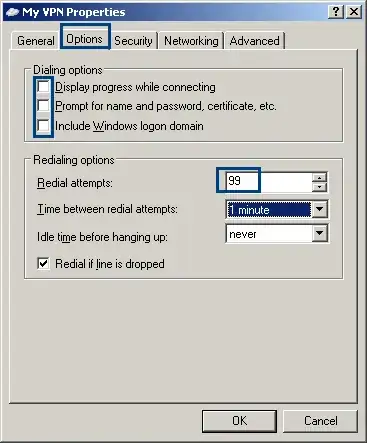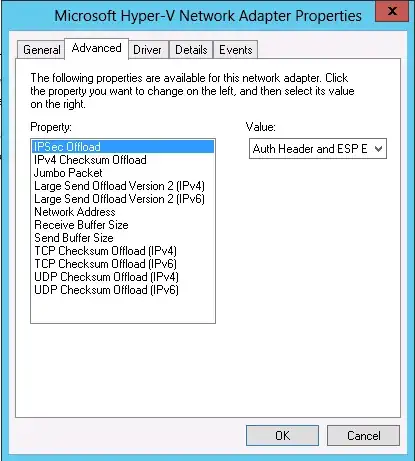Running the Best Practice Analyzer on a Windows Server 2012 RTM (this virtual server runs on a hyper-v host), I receive two configuration warnings.

Enable Receive Side Scaling (RSS) on a network adapter
I run the following PS cmdlet:
Enable-NetAdapterRss -Name *
output:
Enable-NetadapterRss : The request is not supported. At line:1 char:1 + Enable-NetadapterRss -Name * + ~~~~~~~~~~~~~~~~~~~~~~~~~~~~ + CategoryInfo : InvalidOperation: (MSFT_NetAdapter...1E300D0AB920}"):ROOT/StandardCi...rRssSettingData) [Enable-NetAdapterRss], CimException + FullyQualifiedErrorId : Windows System Error 50,Enable-NetAdapterRssNext, Since, the PS cmdlet didn't work, I go to the network adapter settings. And, offcourse I don't see any option called Receive Side Scaling.

Enable IPsec Task Offload v2 (TOv2) on a network adapter
For this one, I go the network adapter properties (see the screen shot above), there is an option called IPSec Offload. It is set to Auth Header and ESP Enabled. But, BPA still complains that this settings is not enabled.
Do I have to enable these configuration settings on the hyper-v host's network adapter? I would like to know how I can configure these two options.
Update:
I ran the cmdlet Ryan mentioned below. Here is the output:
